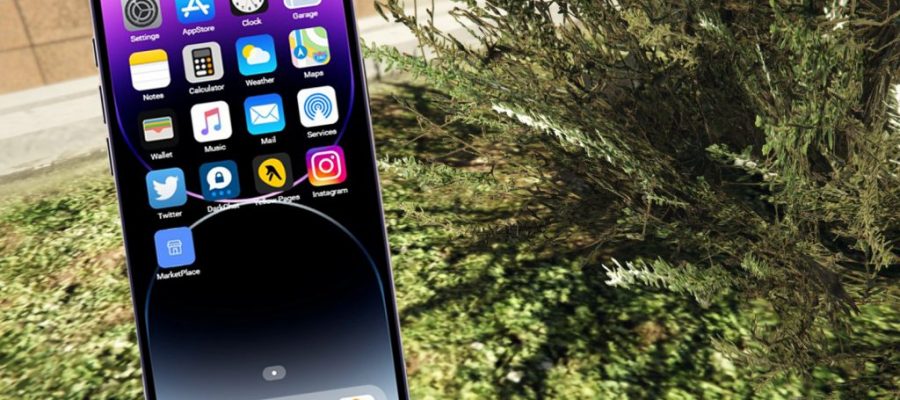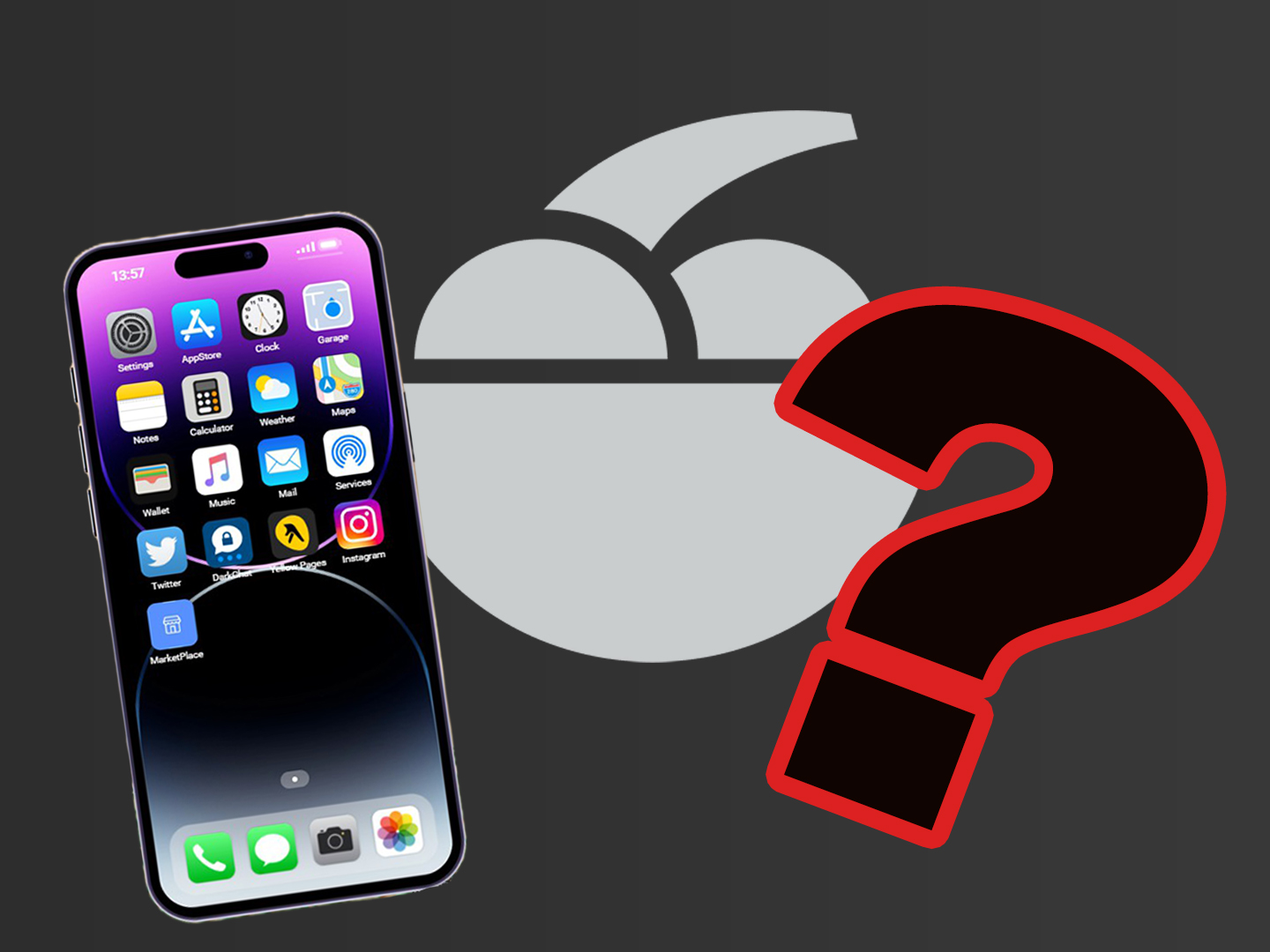Fruit Computers has released its new flagship, the iFruit 11S. The iFruit 11S has been a hotly anticipated successor to the highly successful iFruit 10 since its announcement at the end of last year. There has been a lot of work under the hood on both the hardware and software side, but the highlights are the new F18 processing chip, a gorgeous new display, and an overhauled operating system. I was able to get my hands on a pre-production model of the phone to run it through its paces, and after using it for a few weeks the iFruit 11S proudly picks up the flag for Fruits linup as the phone to get to flaunt your superiority over your friends and family. In the interest of transparency Fruit provided my review unit, but has had no input or early view of this review.
– Processor –
The new flagship phone from Fruit is their most powerful, advanced yet. At the heart of the innovation lies the new F18 processing chip. The new chip is not only the fastest in any iFruit, it is the smallest in the industry. With four cores, and a whopping 1.8 GHz boost clock speed, it sets a new benchmark for mobile computing. This makes it the ideal processor for both business professionals, and on-the-go gamers. Along with the F18 processor is 4 GB of RAM. Early third-party testing is showing at least 10% increased performance for both gaming and video encoding over the 11S’s closest competitor, the Panoramic Vista S7XL.
As standard the 11S will come with a 256GB solid state drive for local storage, but will offer options up to 2TB. If that is still not enough storage space for you, or you prefer to keep your data off your device, Fruit is now offering cloud storage starting at $200 per month per GB.
– Display –
To leverage the power inside, the 11S features a beautiful 6.3 inch, 6.5K OLED display. The larger size is a minor improvement from the 6.2 inch display on the iFruit 10, but uses up more of the front of the phone thanks to a sleek notch design for the front facing camera. With the new notch display, notifications and phone information is now kept out of the way, allowing content to use the full vertical height of the display. In years past Fruit had fallen behind against the competition when it came to screen clarity, but all that has changed. The 11S’s 6.5K resolution is a game changer. The new resolution in roughly the same size means that the display is razor sharp from any distance. When paired with the color depth and accuracy of the OLED display, including the deep space darks, viewing movies and videos rivals the enjoyment of a full size display in everything but presence. Add in the 120Hz refresh rate and scrolling LifeInvader has never been this satisfying.
– Camera –
Nothing has changed about the cameras from the iFruit 10. Given all the other improvements to this phone it’s surprising there hasn’t been a change to either the front or rear facing cameras. Even though the cameras on the 10 were nothing to slouch at, Panoramic has always had the superior cameras and this will only put Fruit further behind in that arms race. Video creators and photography enthusiasts will want to look elsewhere if they want the best, at least this time around.
– Design –
A sleek chrome bezel encasing flat surfaces presents a modern elegance to this powerhouse of tech. It’s a nice looking phone, and the island design housing the front facing camera into a single piece crystal face really stands out. At 3.2 inches x 5.5 inches it fits nicely in the hand, and while slightly thicker than it’s predecessor it’s still comfortable in the pocket. Three buttons along the left side bezel lock the phone and control the volume, all within easy reach. A headphone jack is not present, opting instead to go fully wireless.
Wireless charging is certainly a welcome feature making it easy to charge while on the go, but it would have been nice to see an overall improvement in battery life to go with it.
– 5G Wireless Internet –
While 5G isn’t exactly new tech at this point, it’s still considered a luxury. A luxury which Fruit has decided should come standard on all new iFruit 11S’. The new wireless internet standard still needs coverage adoption in many of the more rural parts of the world; high population urban centers already have wide support. Even if you find yourself in the rougher parts of the world, 4G LTE is still supported by the 11S and is widely covered. It’s a great upgrade for users new to 5G though, with download and upload speeds up to 2X faster than 4G, making sharing Instagram Stories and Livestreams that much more reliable.
– Battery Life and Charging –
This incredible power and gorgeous display does come at a cost though. Despite the improved battery size over the previous generation, the 11S has exactly the same battery life when in ‘Performance Mode’ as the 10 did. While ‘Standard Mode’ does extend the battery life up to 11.5 hours, the larger battery size means charging takes 30 minutes longer from empty for a full charge. Wireless charging is certainly a welcome feature making it easy to charge while on the go, but it would have been nice to see an overall improvement in battery life to go with it. All of this is if you ignore the 0.3 inch increase in thickness, and extra 4 ounces over the 10, and the extra 6 ounces over the Vista S7XL. As much of an advancement in technology as the 11S is, it is clear Fruit had to make some compromises.
– UI and OS –
One thing that Fruit does not compromise is the new UI featured with the release of FruitOS Cherry, the latest iFruit operating system. The new OS comes with a fresh new look, and an improved user experience over the previous version, FruitOS Raspberry. New to the latest OS is the FaceID system, which can automatically unlock or approve various functions on the phone if the front-facing camera has a clear view of the owner’s face. At first we were skeptical of this feature, but it seems to work flawlessly regardless of skin color or facial coverings, such as hats, glasses, and beards. Items such as masks will need to be lowered for FaceID to work properly. Users who prefer to live in the dark will rejoice with the native system-wide dark mode support.
Cherry is also far more efficient than Raspberry, allowing for a more seamless experience no matter what you ask it to do. This, along with the new API tools have allowed app developers to really expand the offerings available on the App Store. Old favorites such as messaging, Twitter, and Yellow Pages remain, but new apps have been added on initial release such as the long awaited official Instagram app, Tinder for dating, a new Marketplace, and an official music app. While a music streaming platform such as Spotify would have felt more appropriate for how many people use their phones for music these days, the local storage music app on offer is at least an improvement over previous generations, which required a separate device. While upcoming apps are not confirmed at this time, we fully expect that there will be new apps coming soon as developers get their hands on this new system software.
In tandem with the new FaceID security features comes FaceTime and Instagram Livestreaming, allowing users to utilize the onboard cameras to communicate with other users through video, rather than the standard voice call. FaceTime can be accessed through the normal phone app, while Instagram Live is available through the Instagram app. We’ve noticed a few issues maintaining a stable connection for these video based calls despite the 5G wireless, even when both users are in close proximity to each other. However, these issues are rarely more than a drop in bitrate and framerate, and often resolve themselves within a few seconds. It seems to happen mostly when the phone is moved quickly or violently, such as while running–and we recommend not running and video calling anyway.
– Pricing –
If you are an existing iFruit 10 user you will be pleased to hear the 11S is a free upgrade with trade-in. It’s a strange choice by Fruit, but it certainly makes it the bargain of the century if you have already invested in the iFruit product line. For those without a 10 to trade-in the 11S will retail starting at $4,299.99/€4,199.99/£4,499.99. That price is a 10% increase over the MSRP of the iFruit 10 at launch, but that may not be important as with the release the 11S Fruit is officially discontinuing the 10, with orders to not sell any more. Right now that makes the 11S the most expensive smartphone available, but we will have to wait for pricing information on the Panoramic Vista S8 before we can say if it is a good value.
– Final Thoughts –
The iFruit 11S is a highly capable phone with some much appreciated upgrades from previous generations. It’s a joy to use, with plenty of creature comforts. Even if there are some compromises such as the battery life, it’s hard to deny its value if you are trading in your old iFruit 10. For the budget minded shopper it won’t be an option worth considering, but if all you care about is showing off with the latest and greatest, you’d have to be a moron to not pick it up.






